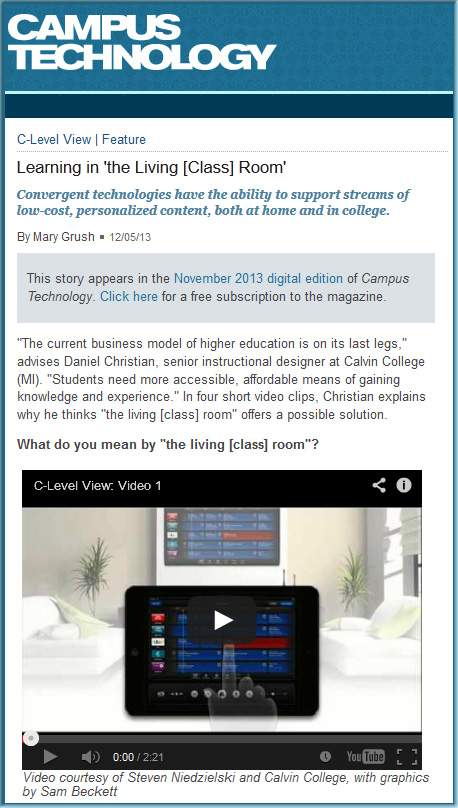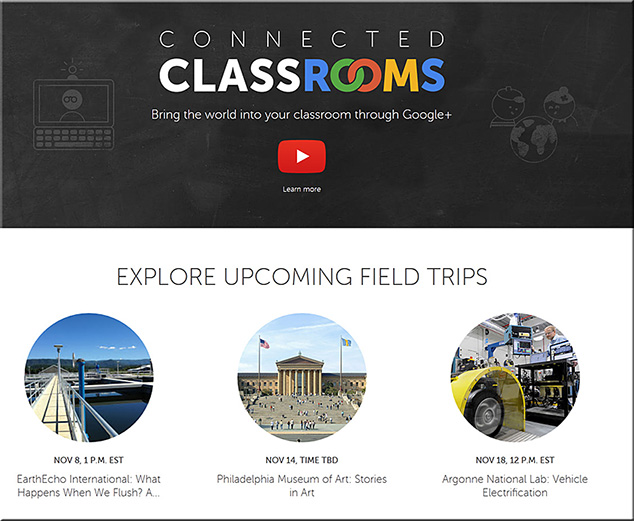Do you see what I see? Smart glasses, VR, and telepresence robots — from arstechnica.com by Megan Geuss
Heightened reality will hit industry and gaming before it changes anyone’s day-to-day.
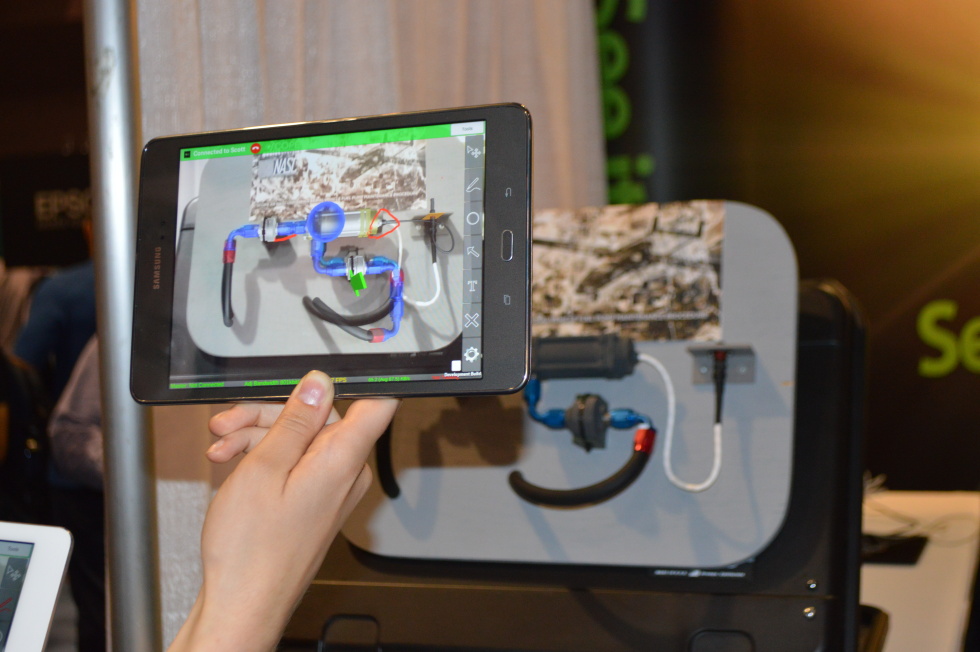
Oculus VR unveils the version of Oculus Rift you’ll actually buy — from mashable.com by JP Mangalindan
Excerpt:
Oculus VR finally debuted the long-awaited consumer version of Oculus Rift, the virtual reality headset, at a media event in San Francisco on Thursday [6/11/15].
“For the first time we’ll finally be on the inside of the game,” Oculus CEO Brendan Iribe said onstage. “Gamers have been dreaming of this. We’ve all been dreaming of this for decades.”

Virtual reality apps market set to explode — from netguide.co.nz by
Excerpt:
Augmented Reality (AR) apps in the mobile games market will generate 420 million downloads annually by 2019, up from 30 million in 2014, according to Juniper Research’s research titled Augmented Reality: Consumer, Enterprise and Vehicles 2015-2019.
The emergence of Head Mounted Devices (HMDs) used in the home, such as Microsoft’s Hololens, will bring a surge in interest for AR games over the next five years, according to Juniper.
For the time being however, most AR downloads will occur via smartphones and tablets.
What the Surreal Vision acquisition means for Oculus — from fortune.com by John Gaudiosi
Oculus now has the technology to blend augmented reality with virtual reality.
Excerpt:
Oculus VR last week acquired Surreal Vision, a company creating real-time 3D scene reconstruction technology that will allow users to move around the room and interact with real-world objects while immersed in VR.
Microsoft pulls back curtain on Surface hub collaboration screen — from by Shira Ovide
Excerpt:
Microsoft announced on Wednesday [6/10/15] the price tag for a piece of audio-visual equipment that it first showed off in January. Surface Hub, which will cost up to $20,000 for a model with an 84-inch screen, is like the merger of a high-end video conference system, electronic whiteboard and Xbox.
The product plunges Microsoft headlong into competition with Cisco and other traditional providers of conference room audio-visual systems.
Microsoft is pitching Surface Hub as the best audio-video conference
equipment and collaboration tool a company can buy. It costs up to $20,000.
[From DSC: There will also be a $7,000, 55-inch version].
Bluescape launches new hardware program with MultiTaction, Planar Systems, and 3M — from Bluescape
Bluescape Showcases MultiTaction’s and Planar’s Interactive Displays Running Its Visual Collaboration Software at Booth #1690 at InfoComm 2015
Excerpt:
SAN CARLOS, CA–(Jun 15, 2015) – Bluescape, a persistent cloud-based platform for real-time visual collaboration, today announced the new Bluescape Hardware Program. Companies in the program offer hardware that complements the Bluescape experience and has been extensively tested and validated to work well with Bluescape’s platform. As collaboration spans across an entire enterprise, Bluescape strives to support a range of hardware options to allow an organization’s choice in hardware to fit different workspaces. The first three companies are market-leading interactive display vendors MultiTaction, Planar, and 3M.
…
MultiTaction, a leading developer of interactive display systems, offers advanced tracking performance that identifies fingers, hands, objects, 2D bar codes and IR pens. The unparalleled responsiveness of MultiTaction’s systems scales to an unlimited number of concurrent users and the displays are highly customizable to fit any existing corporate space. MultiTaction’s advanced interactive hardware combined with Bluescape’s software allows teams to connect content and people in one place, enabling deeper insights, meaningful innovation, and simultaneous collaboration across global time zones.











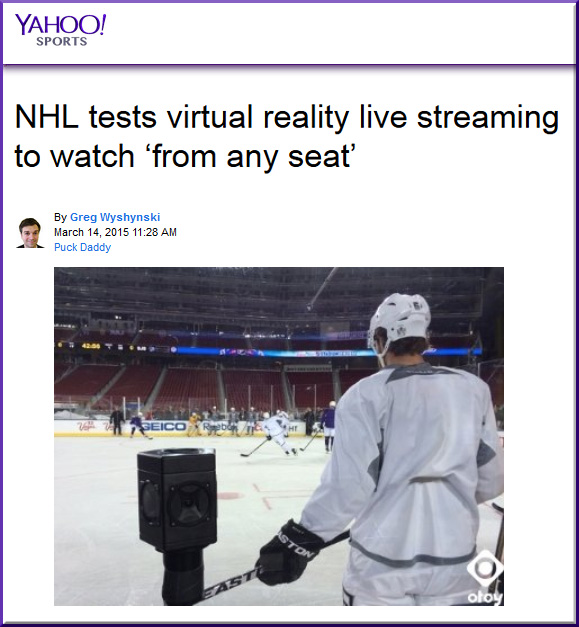
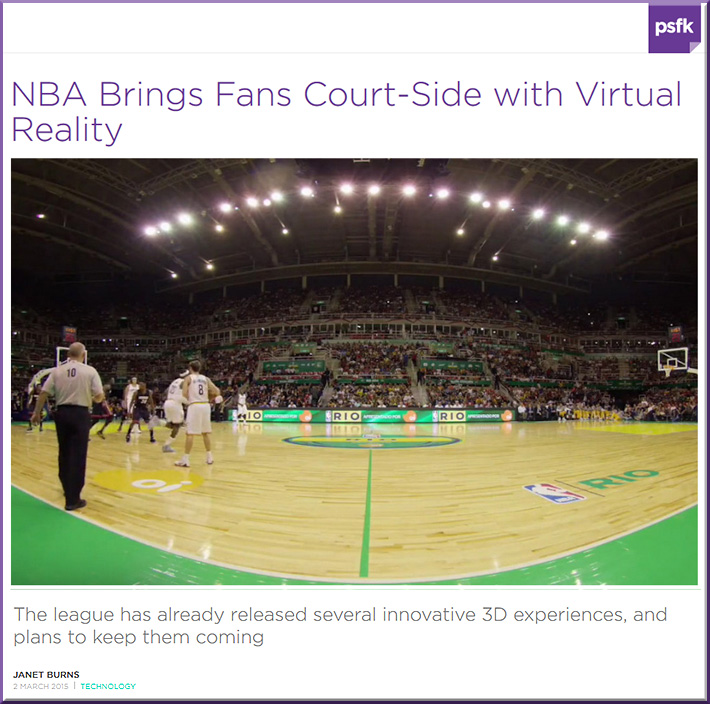
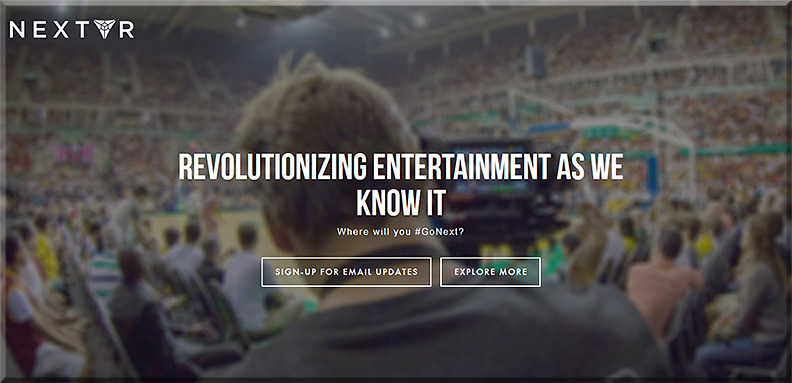
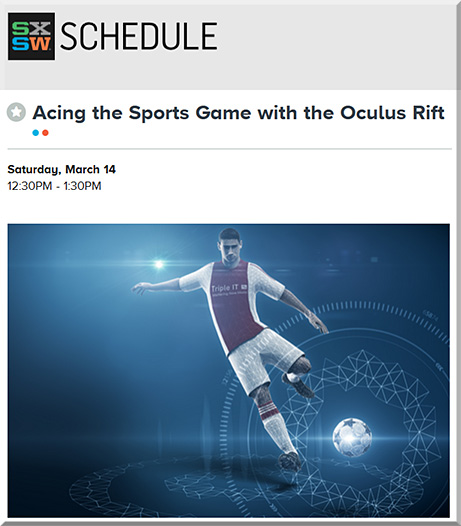
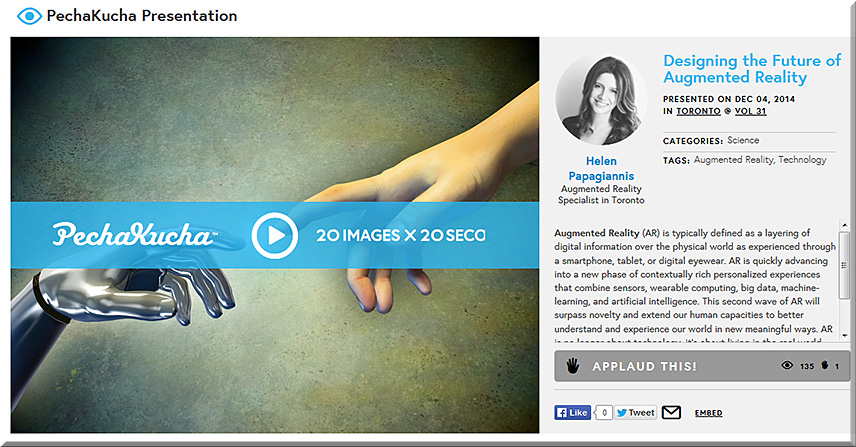
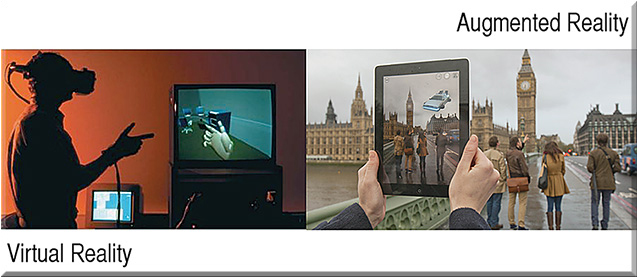
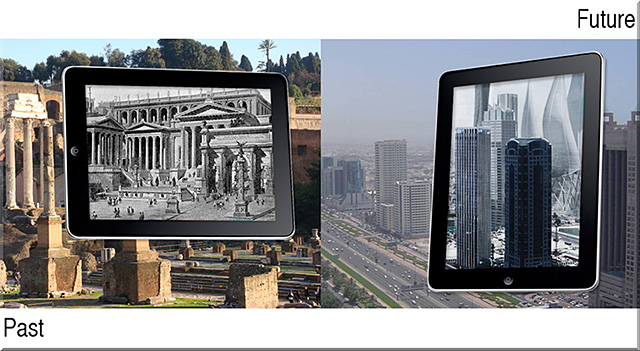
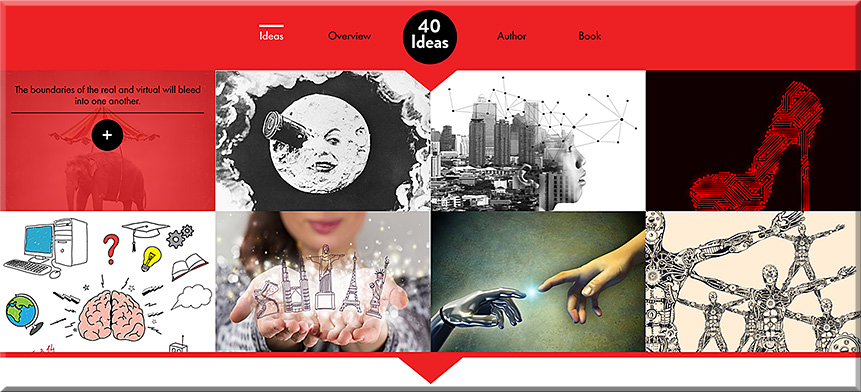
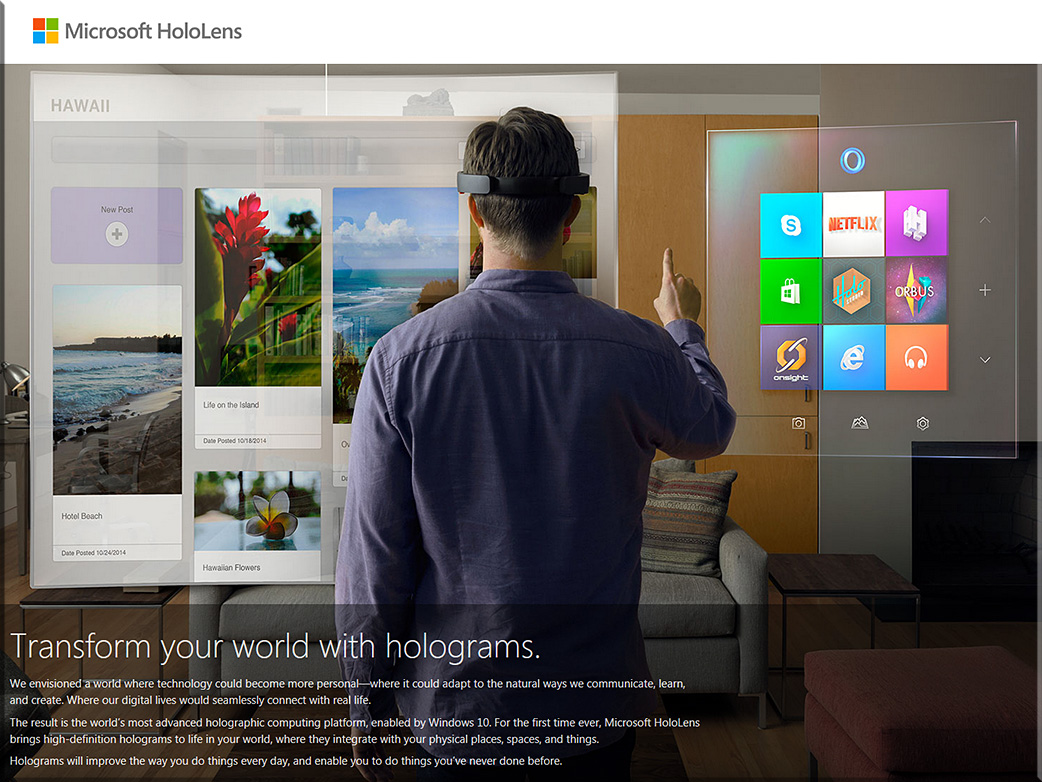
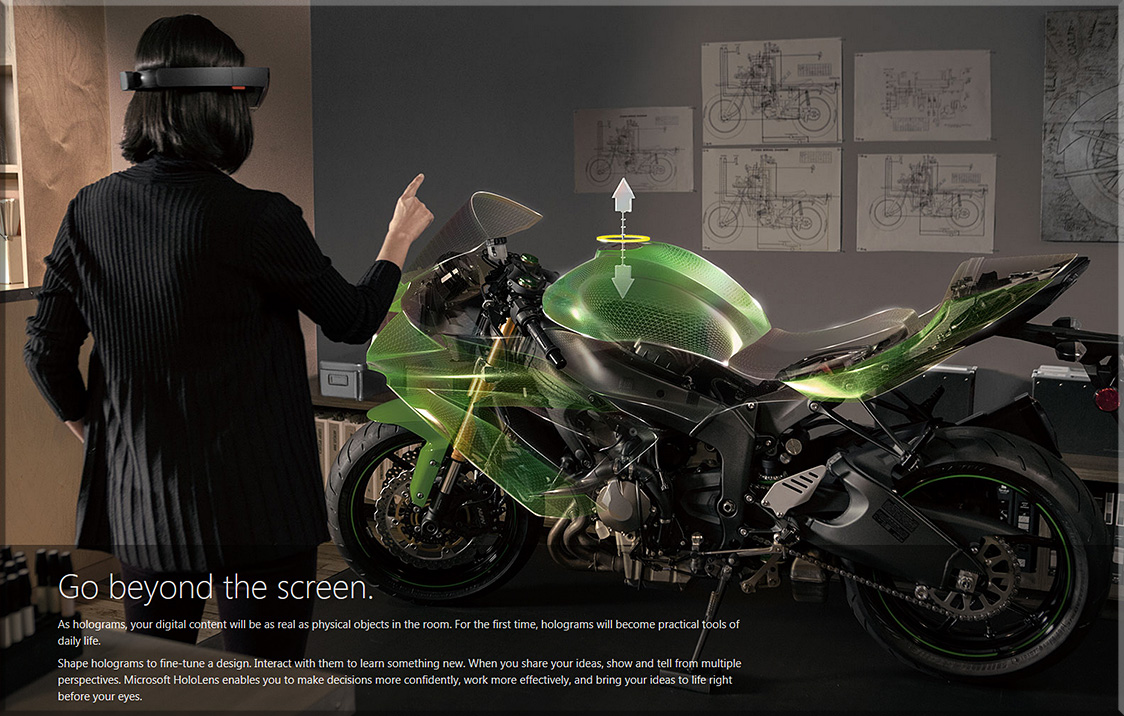
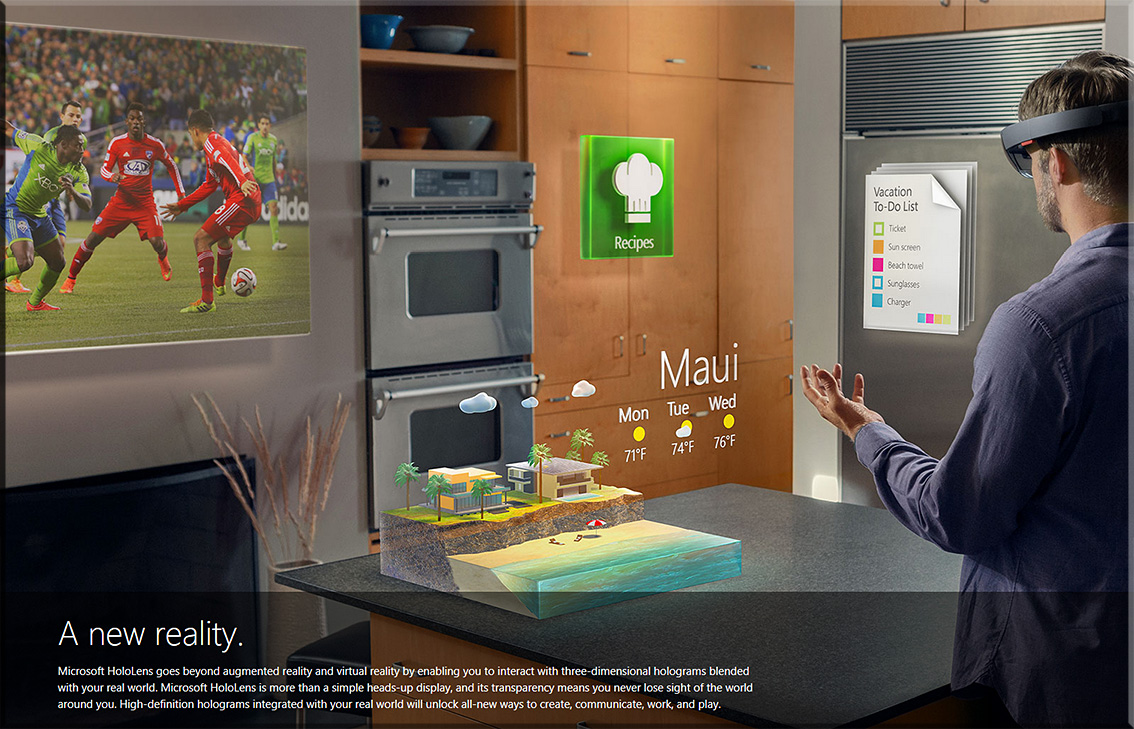




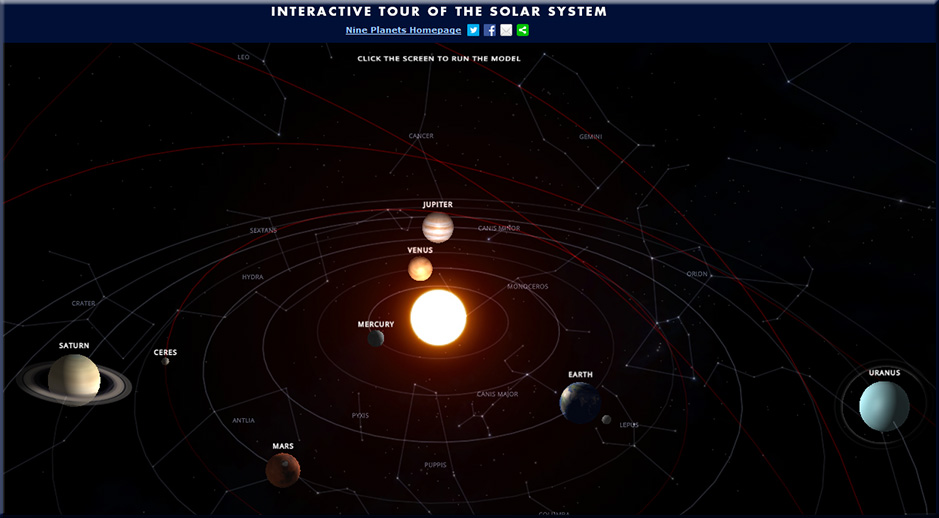

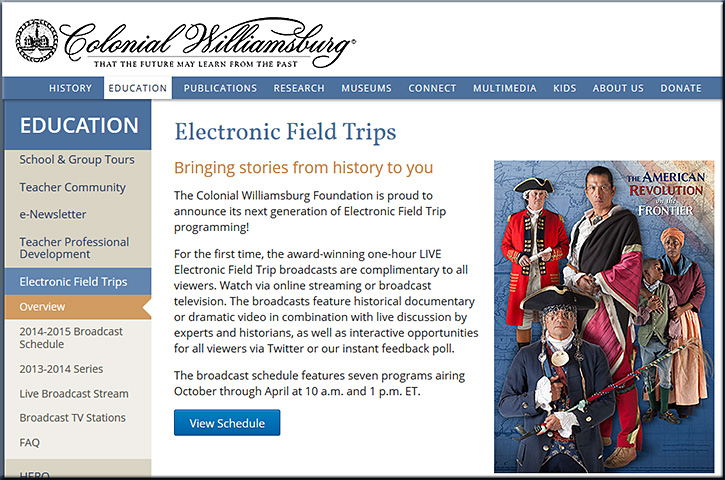



![The Living [Class] Room -- by Daniel Christian -- July 2012 -- a second device used in conjunction with a Smart/Connected TV](http://danielschristian.com/learning-ecosystems/wp-content/uploads/2012/07/The-Living-Class-Room-Daniel-S-Christian-July-2012.jpg)





